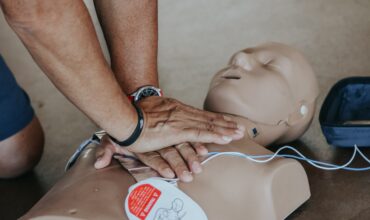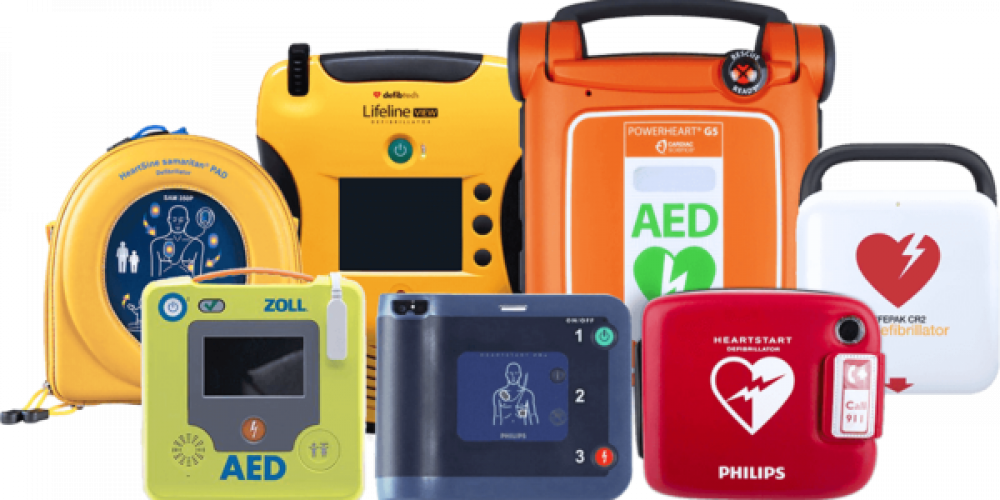- Your cart is empty
- Continue Shopping


Your Automated External Defibrillator (AED) is a crucial safety tool within your facility. A well-maintained AED can potentially save a life during a cardiac arrest incident. However, as your equipment ages and with the continuous advancement of technology, it’s necessary to reassess the efficacy and functionality of your AED. So, how do you determine the right time to replace it?
The warranty period of your AED is a strong indicator of its expected optimal operating lifespan. Once the device surpasses this period, the reliability and performance of your AED could become uncertain. Furthermore, with an expired warranty, repair costs can become significantly higher. Even if replacement components are available, certain parts may eventually become obsolete, restricting the manufacturer’s ability to carry out effective repairs.
AEDs, like all electrical devices, gradually lose their efficiency over time, regardless of whether they’ve been used in emergency situations or not. A typical AED will routinely perform self-tests, meaning that even if the device hasn’t been utilized to save a life, it’s still been operating since its purchase.
Absolutely. Modern AEDs come equipped with numerous features that enhance survival odds during a cardiac arrest. Some of these innovative features include real-time CPR feedback, monitoring capabilities, and multi-language support.
CPR feedback is an advanced feature found in some modern AEDs and dedicated CPR devices. It’s designed to guide the person performing CPR in real-time to ensure that they’re performing CPR correctly, which is crucial in a cardiac arrest situation.
The feedback mechanism works by assessing and monitoring key parameters during the administration of CPR, such as the depth and rate of chest compressions. This data is then relayed back to the rescuer either visually (through a display) or audibly (through voice prompts).
For example, if the person administering CPR is not pushing hard or fast enough during chest compressions, the CPR feedback mechanism might instruct them to “push harder” or “push faster.” If the compressions are too fast or too deep, it would instruct them to slow down or reduce depth.
The goal of CPR feedback technology is to ensure that CPR is administered as effectively as possible to maximize the chances of survival during cardiac emergencies. As performing CPR can be stressful, especially for non-professional rescuers, having this real-time guidance can be a significant asset in improving the quality of the CPR delivered.
Biphasic defibrillation is a type of defibrillation waveform where the electrical current sent through the heart oscillates in two phases – it flows in one direction for a certain duration and then reverses and flows in the opposite direction for the remaining duration.
This approach is used in modern defibrillators, including AEDs, and has been found to be more effective in converting irregular heart rhythms back to normal rhythms than the older monophasic defibrillation technique, which delivers current in a single direction.
Reach out to us! Our experienced team can assist you in evaluating whether it’s time to replace your older AED model. Plus, we offer trade-in credits for most older models. For a complimentary consultation, please contact us at 800-580-1375 today. It’s your proactive decisions today that can potentially save a life tomorrow.
Implementation Guide